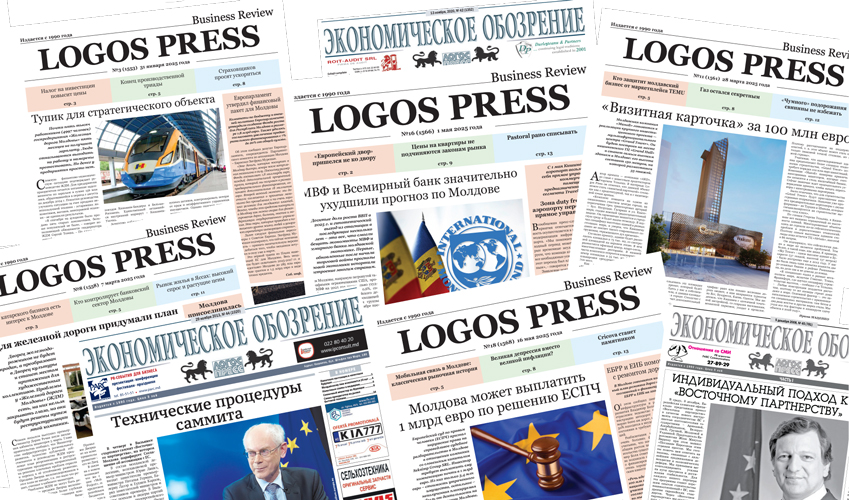
In Moldova, plans to develop and approve National Real Estate Valuation Standards failed. Valuation was carried out on the basis of an incomplete, limited and outdated regulatory framework. The lack of a solid methodological framework adapted to international best practices affected the quality of appraisal work. Therefore, in 2003, a Temporary Regulation on the Valuation of Immovable Property was approved by a government decree.
In 2022, the Agency of Geodesy, Cartography and Cadastre became a member of the International Valuation Standards Board. This status allows Moldova to use international standards in the valuation process. They were decided to be introduced as of July 1, 2025, after which the Temporary Regulation lost its force. In fact, the European standards translated into Romanian language were borrowed from the National Association of Authorized Valuers of Romania (ANEVAR).
However, as our appraisers recognize, they were thrown into “free floating” by this decision. There was no preparatory or transition period, as such. The two workshops, which focused mainly on theory, were insufficient and did not deal with practical issues. The provisional regulation may have been outdated, but it was clear and understandable. In the new regulations, the wording is rather vague and allows for different interpretations. This complicates the design of reports and increases the time and cost of developing them. The preparation of appraisal reports has been stalled and a situation has developed where appraisal has become a bottleneck in the lending process.
“A Practical Guide (Guide) has been developed to assist appraisers. In fact, it is an improved Provisional Regulation, but with a change of terminology, inclusion of mandatory items of requirements to the report, etc., – says the chairman of the National Society of Professional Appraisers of Moldova (SNEP) Veaceslav Revetschi. – Nevertheless, since July 1, banks have started returning reports for revision due to non-compliance with the requirements of the new standards Appraisers are indignant, as they believe that the reason is small and insignificant issues”.
According to him, banks simply mechanically check the provisions of the Practical Guide with the report, and if some sections are missing, the report is returned. And the reason is different interpretation and understanding of its provisions. The Agency of Geodesy, Cartography and Cadastre has not yet indicated its position.
“Appraisers are outraged by the fact that bank employees, who do not have a certificate of appraiser, teach them how to make valuation reports, – says Vyacheslav Revetsky. – I understand that there may be mistakes, but when the issue concerns the methodology of application, it is not the bank’s concern. If you are not satisfied with the amount specified in the report, it will not be accepted, but you have to substantiate the reason for the refusal”.
The time and cost of the appraisal report has increased because the new requirements require the report to include many additional items. For example, the appraiser must provide an analysis of the market in the segment he describes. If the appraisal concerns a one-bedroom apartment, a market analysis of the region and even a macro-analysis at the country level in the segment of one-bedroom apartments is required. This is perplexing for appraisers. And this is one of the controversial issues. Besides, now all figures have to be substantiated, arguments have to be given for the application of this or that method, etc.
Vyacheslav Revetsky agrees that a transitional period, more explanations and specific examples of their application were necessary for the transition to international valuation standards.
In the coming days, a meeting between representatives of SNEP and the Agency should take place to clarify the position of each, identify problematic issues and come to a common denominator on the issues that arose after July 1.
“We hope that as a result of this meeting, if we come to some kind of agreement, then certain changes can be made to this Practice Guide, more specific clarifications on the interpretation of a particular position. This is an internal document, it was adopted by an order of the Agency, so its adjustment should not create any special difficulties,” believes Vyacheslav Revetsky.
He informed that the second Practical Guide is on its way, which deals with collateral valuation. So far it is being discussed by banks. The Agency of Geodesy, Cartography and Cadastre promises that they will also express their position. In addition, the document will be discussed with the professional community at public hearings.













